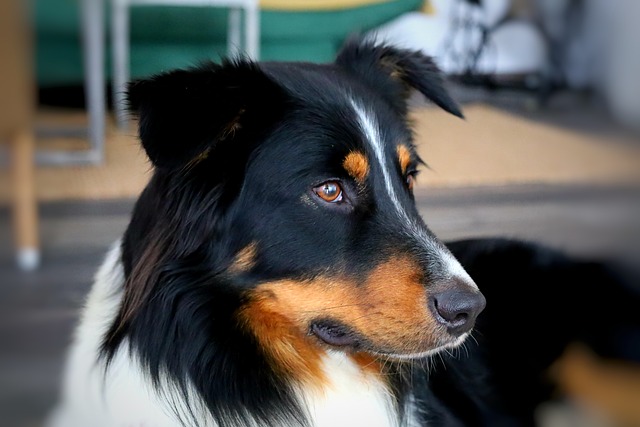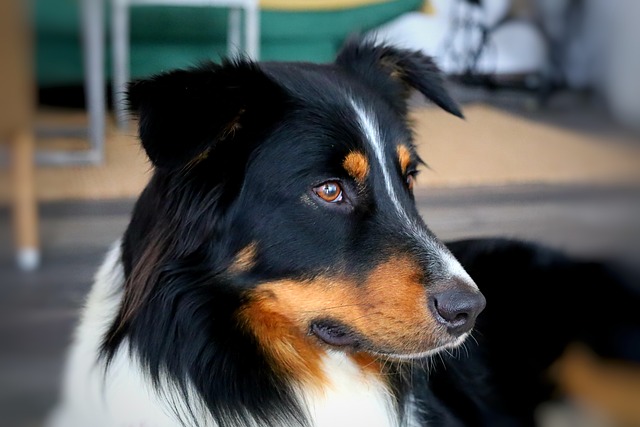
Are paw protectors good for dogs
Imagine you’re in a snowy Boston afternoon, lacing up your boots while your 10-month-old Golden Retriever, Leo, wags his tail by the door.
As twilight falls, you find your golden retriever dozing on the balcony tiles while the soft flannel dog bed beside it lies neglected—does this scene leave you confused: do dogs prefer soft beds or hard beds? When we touch the fluffy cotton of a dog bed and imagine the comfort of our furry friends sinking into it, we may overlook their instinctive needs as animals. With deep concern for dogs, let's unravel the mystery of their preference for bed softness from the perspectives of anatomy and behavior, and find the answer that best suits their nature between softness and hardness.
From an animal physiology perspective, a dog's preference for bed softness essentially stems from its instinctive choice for body support and temperature regulation. In the wild, canines rest on different surfaces according to seasons and physical conditions: cool soil or stone slabs in summer, and dry haystacks or soft soil in caves in winter. This evolutionary imprint makes domestic dogs extremely sensitive to bed firmness—too soft a bed may lead to insufficient joint support, while too hard a bed increases pressure on bony prominences. Studies show that 68% of dogs independently choose resting areas of different firmness based on ambient temperature and physical state, explaining why the same dog may favor soft or hard beds in different scenarios.
A dog's body size and age are core factors influencing its softness preference. Small breeds like Chihuahuas and Poodles, with light weights and slender bones, have higher acceptance of soft bed surfaces. A 3 kg Pomeranian can obtain a wrapping sensation by sinking into a 30 cm thick memory foam bed, and this "hug-like" experience relieves the anxiety common in small dogs. An owner observed that their Poodle adjusted its sleeping position 5–6 times per hour on a hardwood floor but could sleep soundly for 3 consecutive hours on a soft bed—reflecting the positive correlation between body size and soft bed comfort. For large breeds like German shepherds and Labradors, weighing over 25 kg, overly soft beds cause excessive body sinking, leaving the spine in an unnatural curve and increasing joint pressure. Veterinary clinical data shows that large dogs using overly soft beds have a 34% higher incidence of hip dysplasia than those using medium-firm beds, confirming the importance of "firmness equals support".

Age differences bring obvious variations in softness needs. Puppies with undeveloped bones require soft bed surfaces to cushion body weight and avoid growth plate compression from hard beds. A 4-month-old golden retriever puppy sleeps more relaxedly on a soft bed with a cashmere pad, increasing sleep time by 2 hours compared to a hard bed. Senior dogs with joint degeneration need beds that balance softness and support—medium-firm beds made of memory foam or latex can cushion joints while reducing bone friction through moderate sinking. An owner customized a 5 cm thick latex bed for their 12-year-old Labrador, reducing its difficulty in standing by 50%, indicating the dynamic relationship between age and bed firmness needs.
Sleep habits and physical conditions further refine softness preferences. Dogs that lie on their sides with extended limbs (e.g., Bulldogs) require higher bed support, and medium-firm beds allow full muscle relaxation. Dogs that curl up to sleep (e.g., Akitas) prefer soft surfaces, gaining security through fluffy materials wrapping the body. For dogs with arthritis or in post-surgical recovery, softness selection is crucial—overly soft beds make 起身 (standing up) more difficult, while overly hard beds compress painful joints. The ideal choice is a 3–5 cm thick memory foam bed, which buffers pressure and provides adequate support. A veterinarian shared that among post-surgical recovery dogs, those using custom-firmness beds recovered 20% faster than those using ordinary soft beds.
Ambient temperature influences softness preference more than expected. In high summer, dogs tend to choose cool hard surfaces like tiles or hardwood floors due to their good thermal conductivity for rapid heat dissipation. In cold winter, they actively seek soft flannel beds or blankets, using air layers in fluffy materials for insulation. A photographer recorded their Husky's seasonal changes: mostly lying on the balcony's marble floor in summer, only briefly using a soft bed in the morning and evening; curling up 24/7 on a flannel bed with an electric heating pad in winter—such temperature-driven choices demonstrate dogs' instinctive environmental adaptation. More interestingly, some dogs create "composite resting areas" between soft and hard beds, such as placing movable cushions on hardwood floors and adjusting contact areas based on body temperature.
To determine a dog's true preference for softness, observe its body language and behavior patterns. Signs of comfort on a soft bed include: body fully sunk into the bed with naturally bent limbs; relaxed muscles without stiffness after waking; actively carrying toys onto the soft bed to play. Dogs satisfied with hard beds will: stretch the body flat with no pressure redness on bony prominences (e.g., elbows, hips); move smoothly when getting up without hesitation or signs of pain; exhibit a sense of security around the hard bed, such as maintaining environmental observation while lying down. A dog trainer shared using a "pressure test method" to adjust the bed for a Rottweiler rejecting soft beds: layering pads of different firmness in the soft bed and observing the dog's choice, finally finding it preferred a composite structure of "3 cm soft cotton on top + 5 cm hard sponge at the bottom"—indicating that dogs' softness needs are not absolute but have personalized "comfort zones".
The breathability and rebound of materials indirectly affect firmness perception. For beds of the same firmness, breathable mesh fabric feels "harder" than flannel because mesh cannot provide cushioning through fiber deformation like flannel. Memory foam soft beds, with slow rebound properties, adjust support according to the dog's body curve, making them more popular with large breeds than ordinary cotton soft beds. An owner bought two beds of the same firmness for their German shepherd—one memory foam and one ordinary sponge—and found the dog preferred the memory foam bed because its slow deformation during rolling didn't produce the "reaction force" of ordinary sponge, reflecting the subtle impact of material properties on firmness experience.
When dogs sleep peacefully in beds that meet their needs, you see their most relaxed states: small dogs curled into fluffy balls sinking into soft beds, their breaths fluttering the fluffy cotton; large dogs stretching limbs on hard beds, tails occasionally brushing the ground. This bed bearing their weight is not just a resting place but a medium for their dialogue with the environment. From exploratory trials in puppyhood to dependent choices in old age, a dog's preference for softness records physical changes and witnesses the owner's gentle attention in every careful observation. May every dog enjoy sleep in line with its nature in a bed of suitable softness, and all we can do is guard this "sleep haven" carrying health and happiness for them with understanding and love.

Imagine you’re in a snowy Boston afternoon, lacing up your boots while your 10-month-old Golden Retriever, Leo, wags his tail by the door.

Imagine you’re in your New York City apartment, tossing your 18-month-old Lab mix their favorite rubber chew toy—they usually pounce on it

Akitas are striking dogs, but living with one comes with unique challenges that many first-time owners underestimate. Their independent streak runs deep—this isn’t a breed that craves constant attention or blindly follows commands.

Imagine you’re in your Seattle apartment, handing your 2-year-old Shih Tzu their favorite hard dental chew—they usually grab it and run to their bed, but today they sniff it

Imagine you’re in your New York City apartment, trying to give your 18-month-old Boston Terrier a belly rub—they usually lean into it, but today they pull away

Imagine you’re in your Brooklyn apartment kitchen, stirring a pot of cooked chicken and rice for your 6-month-old Corgi pup.